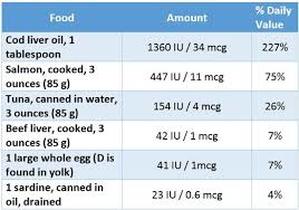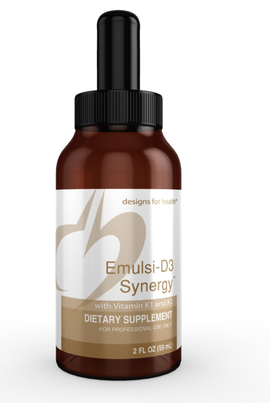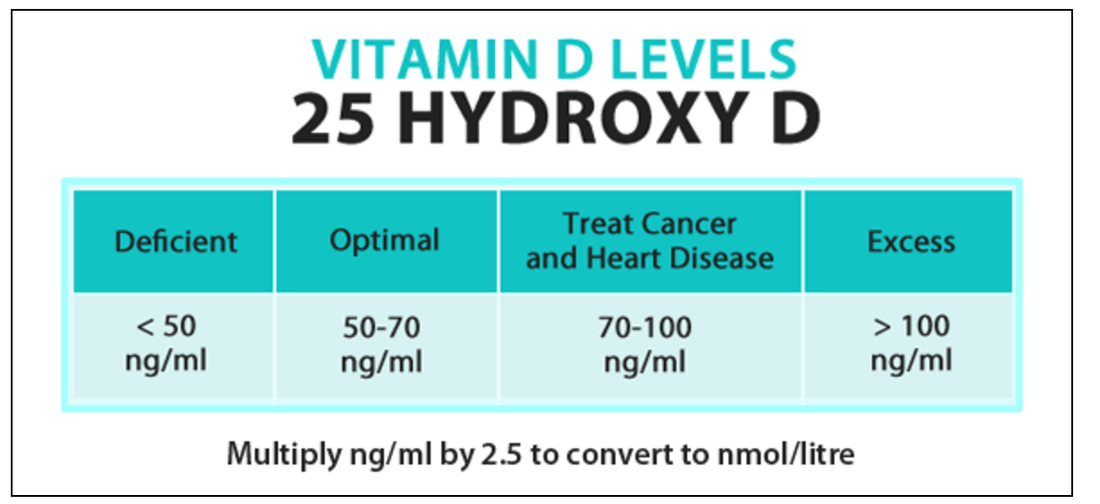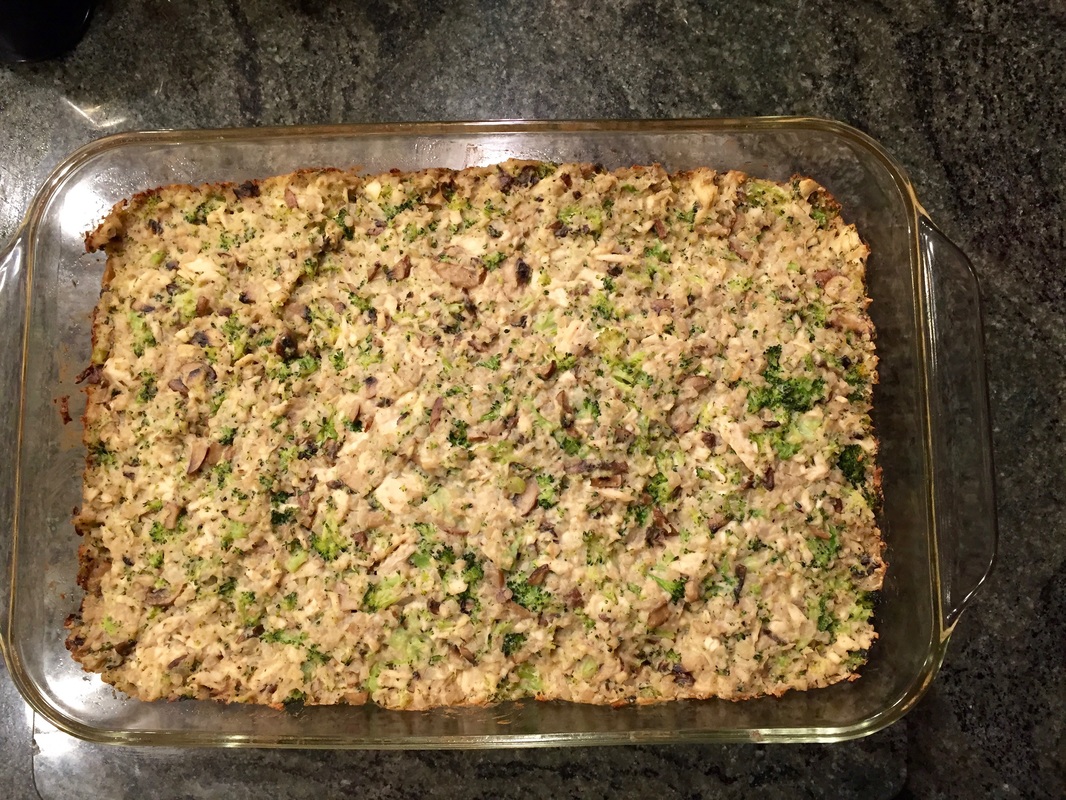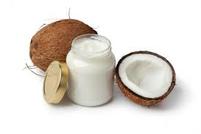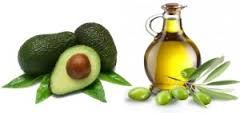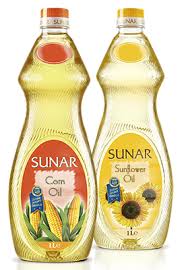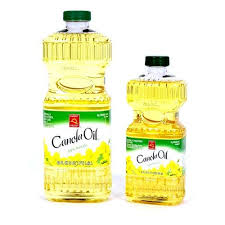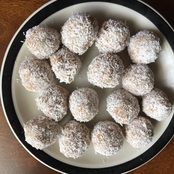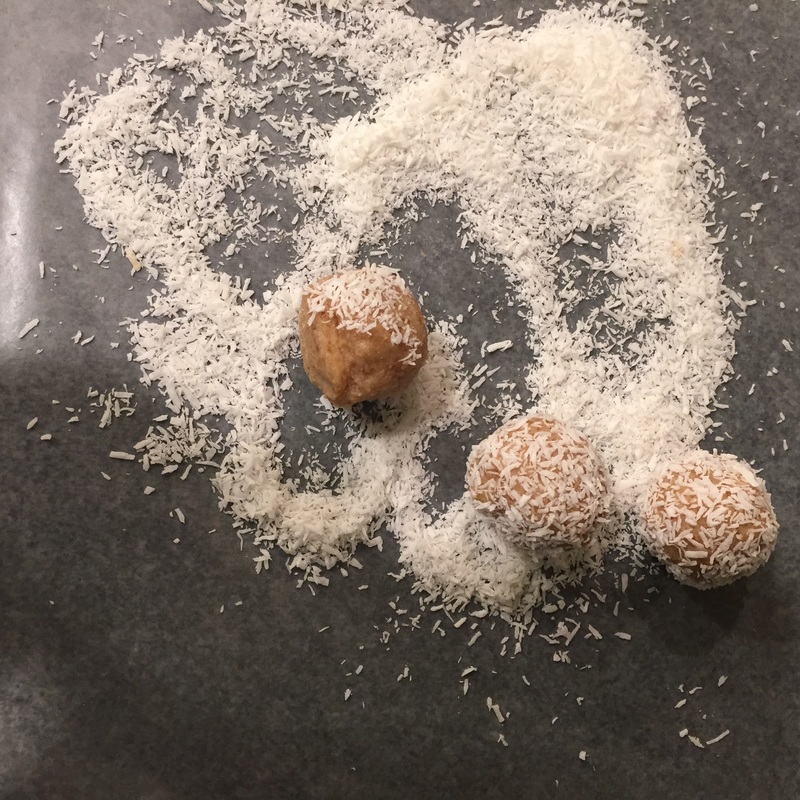 Not long ago vitamin D was simply known as the bone vitamin because its main function was to help absorb calcium, the most abundant mineral in the body. Since vitamin D was primarily regarded as an important nutrient for bone health, it was conventionally thought that a person had enough vitamin D as long as they didn't have bone diseases like rickets or osteomalacia. However, thanks to the work of many scientists, data now show that vitamin D is much more that just a bone vitamin. It is considered by many to be both a nutrient and a pro-hormone, a compound that the body can convert to an active hormone. In the case of vitamin D, the pro-hormone form is produced in the skin and activated in the liver and kidneys; then the active hormone communicates with a variety of other tissues in the body. Nearly every tissue and cell in the body has receptors for vitamin D. Vitamin D is needed for bone growth and bone remodeling, but also has other roles in the body, including modulation of cell growth, neuromuscular and immune function, and reduction of inflammation. It is estimated that upwards of 2,000 genes are directly or indirectly regulated by vitamin D. Three-quarters of teens and adults in the United States are deficient in vitamin D. The results of this deficiency are catastrophic. Studies have shown that vitamin D deficiency is associated with an increased risk of a long list of diseases that span all systems in the body. As a woman, I am particularly concerned with the link between vitamin D deficiency and breast cancer.
Do I need to worry about vitamin D toxicity?
Have you had your vitamin D levels tested? You must check your vitamin D levels often because assessing vitamin D status is one of the most important health-protecting steps you can take. If your serum levels are low, then you are at risk. What should my serum levels be? The first step to ensuring that you are receiving all of the benefits of vitamin D is to find out your levels. According to WebMD, 20-50ng/ml is considered an adequate range for a healthy adult, however this range is too low if you are trying to achieve optimal health. Above 20, you are safe from rickets. Above 30, your gums will be healthy. Above 40, you receive great cancer benefits. Dr. Joseph Mercola, an osteopathic physician and alternative medicine advocate, posits “If you’re using an oral supplement, recent studies suggest adults need about 8,000 IU’s of oral vitamin D3 per day in order to get serum levels above 40ng/ml.” New research shows that higher levels of vitamin D are necessary to provide protection from more serious chronic diseases such as cancer, heart disease, infections, multiple sclerosis and more. The range you are looking for is 50 to 70ng/ml. Sources:
Holick, M. (2005). The vitamin D epidemic and its health consequences. Journal of Nutrition. 135(11): 2739S-48S. http://articles.mercola.com/sites/articles/archive/2011/11/21/how-to-get-your-vitamin-d-to-healthy-ranges.aspx https://www.sciencenews.org/article/vitamin-d-essential-modern-indoor-lifestyle http://www.scientificamerican.com/article.cfm?id=vitamin-d-deficiency-united-states. http://wisemindhealthybody.com/dr-mercola/breast-cancer-prevention-vitamins/?cpt=dax
3 Comments
Well, it is that time of year when I want to be at home snuggled in my warm sweatshirt eating comfort food. This casserole dish is delicious and does not use cheese or processed canned soups. The creamy flavor of this dish comes from cashews. To make this dish super easy, you can buy the cauliflower already "riced" at Trader Joe's in the frozen section. You can also buy an organic, rotisserie chicken or use leftover cooked chicken breasts - all you have to do then is shred the chicken. Prep time: 30 minutes Cook time: 35 minutes Serves: 6 Ingredients: SAUCE:
Preparation:
This recipe is from Danielle Walker's Against all Grain: Meals Made Simple.
There is a lot of misinformation and confusion surrounding the topic of the best oils to use for cooking. Mainstream media continues to promote polyunsaturated oils as healthy and continues to demonize coconut oil. But they have it wrong and here is why… So what are the best oils for cooking? When you are cooking at high temperatures, you want to use oils that are stable and do not oxidize or go rancid easily. When oils undergo oxidation, they react with oxygen and can form free radicals. There are four types of fatty acids: saturated (SFA), monounsaturated (MUFA), polyunsaturated (PUFA), which includes omega-3 and omega-6 fatty acids, and lastly, trans fatty acids (TFA).
Trans fats are the very worst fats for our cells because these toxic fats can lead to the formation of free radicals. Free radicals can cause damage to any part of the body. Trans fats are stiff and hard and literally embed themselves into our cell membranes, causing them to malfunction and create disease. Trans fats are man-made and found in processed foods, shortenings, margarines, fried foods and commercially produced baked goods. Nature does not produce bad fats – factories do! They are not safe to eat and were declared as such in 2013 by the FDA. However, buyer beware: a product that is labeled “no trans fats” can still contain up to 0.5 grams of trans fats per serving. These fats do not belong in your diet! Dr. Mary Enig, a nutritional biochemist, has been warning us of these toxic fats since the 70s. If you are interested in an exposé of the false demonization of natural fats and the misinformation of low-cholesterol diets rich in crop oils, check out Dr. Enig’s work called The Oiling of America. It is a 2-hour lecture presented by Sally Fallon, founding president of the Weston A. Price Foundation. It is extremely interesting and traces the intertwining of certain influential scientists with the crop oil industry. Take away – stick with saturated fats and monounsaturated fats, not polyunsaturated for cooking and baking. And to ensure that your oils do not go rancid: 1. Don’t buy in large quantities. Buy smaller bottles (preferably dark-colored glass with a tight-fitting cap) that you will use before they can get damaged. Heat, light, and oxygen can damage oils. 2. Keep oils in a cool, dry, dark place. Sources:
Fallon, S. (2001). Nourishing traditions. Washington, DC: New Trends Publishing. Hyman, M. (2016). Eat fat, get thin. New York, NY: Little, Brown, & Company. Shanahan, C. & L. (2009). Deep nutrition. Lawai, HI: Big Box Books. Eggs are a superfood. After all, they contain all of the nutrients and building blocks required to grow an entire baby chicken. They are loaded with high-quality proteins (including all 9 essential amino acids), vitamins, minerals, good fats, and choline (very important nutrient for the brain). Eat the yolks folks! The yolk is full of vitamins A, D, and E. Eggs are one of only a few foods that provide us with dietary vitamin D. In addition, saturated fat and cholesterol are present in the yolk and these help increase our testosterone levels. Testosterone is needed to build muscle and for cognitive function. Yes, women need this too.
What if the whole theory about cholesterol causing heart disease was wrong in the first place? It is shocking how misinformation about cholesterol-rich foods being dangerous to our health has drastically changed our eating habits. The cholesterol theory was primarily based on two faulty studies. First, in 1913, a young Russian scientist named Nikolaj Anitschkow discovered a link between cholesterol and vascular damage (atherosclerosis) when feeding rabbits large amounts of cholesterol. After dissecting them later on, he discovered that their arteries were filled with cholesterol-containing plaque that looked like the arteries of people who died of heart disease. However, rabbits are herbivores by nature and the amount of cholesterol they get in their diets is normally pretty close to zero. So it is no surprise that filling their small bodies with a large amount of cholesterol will have damaging effects on their health. As I mentioned previously, there is no connection between cholesterol in food and cholesterol in blood – unless of course you happen to be a rabbit.
 Which egg yolk would you rather eat? Which egg yolk would you rather eat? So do not be afraid of eating eggs, they are extremely nutritious and delicious. Scramble them in coconut oil for an extra yummy meal. And be sure to buy pastured eggs. These eggs are from chickens that have been allowed to roam outdoors, eating their traditional diet of insects and bugs. They live happier lives roaming the pasture and will deliver healthier eggs. Sources:
Fallon, S. (2001). Nourishing traditions. Washington, DC: New Trends Publishing. Shanahan, C & L. (2009). Deep nutrition: Why your genes need traditional food. Lawai, HI: Big Box Books. Sinatra, S. (2012). The great cholesterol myth. Beverly, MA: Fair Winds Press. Prep time: 15 minutes Yields: 20 one-inch balls If you attended my lecture last Monday night on the dangers of sugar, you may be wondering why I am sending out a recipe for a dessert. Many people have been asking for a healthy dessert and it is fine to have a sweet snack once in awhile. These make a great snack for kids and of course they are homemade. It is not a processed product depleting our nutrient stores. It is full of good fat from coconut and the sweetness of this recipe comes from dates. Dates are an excellent source of fiber, B vitamins, and the minerals copper, potassium, manganese, magnesium, and iron. We all have a unique biochemistry, so keep in mind that if you have a compromised immune system or suffer from chronic blood sugar issues, these sweet treats may not be the best choice for you.
You may be wondering about the difference between coconut oil and coconut butter. The difference between them is that the oil is simply oil that has been extracted from the meat of the coconut. Coconut is a wonderful source of medium chain fatty acids. I love the oil for cooking, like sautéing vegetables and scrambling eggs, and for baking. The coconut butter is made from the meat or flesh of the coconut. Since it is essentially pureed coconut meat, it has a thick and creamy texture and is about 60% oil. Both coconut oil and coconut butter have similar nutritional characteristics, but the butter also contains fiber, protein, and minerals. When looking at the different brands on the market, be sure that the only ingredient is organic raw coconut. My favorite brand is Artisana Organics. I would not recommend cooking with the coconut butter. It is more of a spread to be put on toast, fruit, or pancakes. It is delicious in this recipe. You can also use the coconut butter in a smoothie or just put it on a spoon and eat it. Yum!
|
The information on this website is not intended to diagnose, treat, prevent, or cure any disease.
All of the information on this website is Copyright © CookingwithKristin.com 2017 and may not be downloaded, reproduced, republished or otherwise copied without express written permission of CookingwithKristin.com.
All of the information on this website is Copyright © CookingwithKristin.com 2017 and may not be downloaded, reproduced, republished or otherwise copied without express written permission of CookingwithKristin.com.

